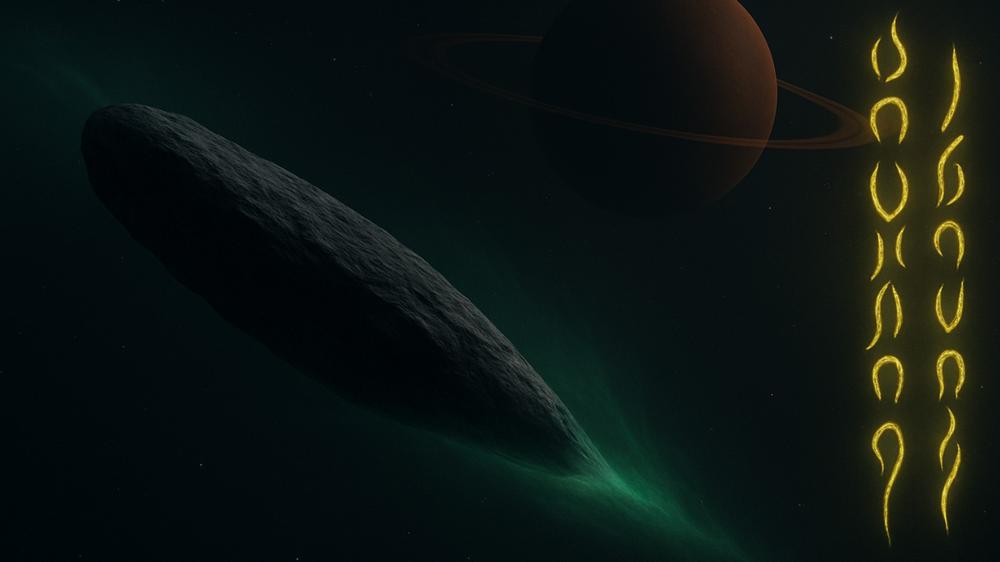Avi Loeb, the Harvard astrophysicist known for his bold theories on extraterrestrial life, now suggests that the mysterious interstellar object 3I/ATLAS may have been behind one of the most famous space signals ever detected.
The unexplained 1977 “WOW! signal” — a 72-second radio burst so unusual that astronomer Jerry Ehman wrote “WOW!” on its readout — has puzzled scientists for decades. Loeb’s latest analysis shows that just days before the signal was detected, 3I/ATLAS was in nearly the same part of the sky.
“The chance of two random directions in the sky being aligned to that level is about 0.6 percent,” Loeb explained, suggesting the overlap is too close to ignore.
If 3I/ATLAS really did transmit the signal, Loeb says it would have required a transmitter as powerful as a nuclear power plant.
Scientist warns 3I/ATLAS could carry “devastating consequences”
3I/ATLAS was first spotted earlier this summer and will make a close pass by Mars on October 3.
Loeb argues its irregular path and resilience could point to an artificial design. It even survived an energy blast from the Sun in September.
NASA, however, insists the object is nothing more than a comet. Other researchers have even speculated it could serve as a “planet seed,” carrying the building blocks of new worlds.
Loeb isn’t convinced. He believes 3I/ATLAS could be on a scouting mission, possibly capable of deploying probes. As such, he warns that engaging could have “major implications to humanity.”
“We must consider the possibility of a black swan event from interstellar objects resembling a comet at large distances, but potentially carrying devastating consequences to our future like a Trojan Horse,” he warned.
So far, no one has scanned 3I/ATLAS for radio signals, but Loeb hopes this coincidence with the WOW! signal pushes scientists to investigate.
He cautioned that communicating with such an object might be as difficult as “ants looking from the vantage point of a crack in a pavement at a biker passing by.”
NASA still convinced 3I/ATLAS is a comet despite alien discoveries
NASA maintains that 3I/ATLAS is just a comet and not a mothership on its way to invade Earth.
“It looks like a comet. It does comet things. It very, very strongly resembles, in just about every way, the comets that we know,” said Tom Statler, NASA’s lead scientist for small bodies.
However, the agency itself has been making major discoveries on the extraterrestrial front.
NASA recently announced possible evidence of ancient alien life on Mars, a discovery that only adds to the ongoing atmosphere of speculation.
And, if an alien threat is out there, we may be on the way to gearing up for a space conflict.
The space agency recently suggested launching nukes at a “city killer” asteroid headed towards the Moon in 2032, an act that could give us some much-needed practice in the event of an actual invasion.
For now, the debate continues: is 3I/ATLAS just another comet, or could it be humanity’s first brush with alien technology?

 Google is destroying independent websites, and one sees no choice but to defend it anyway
Google is destroying independent websites, and one sees no choice but to defend it anyway